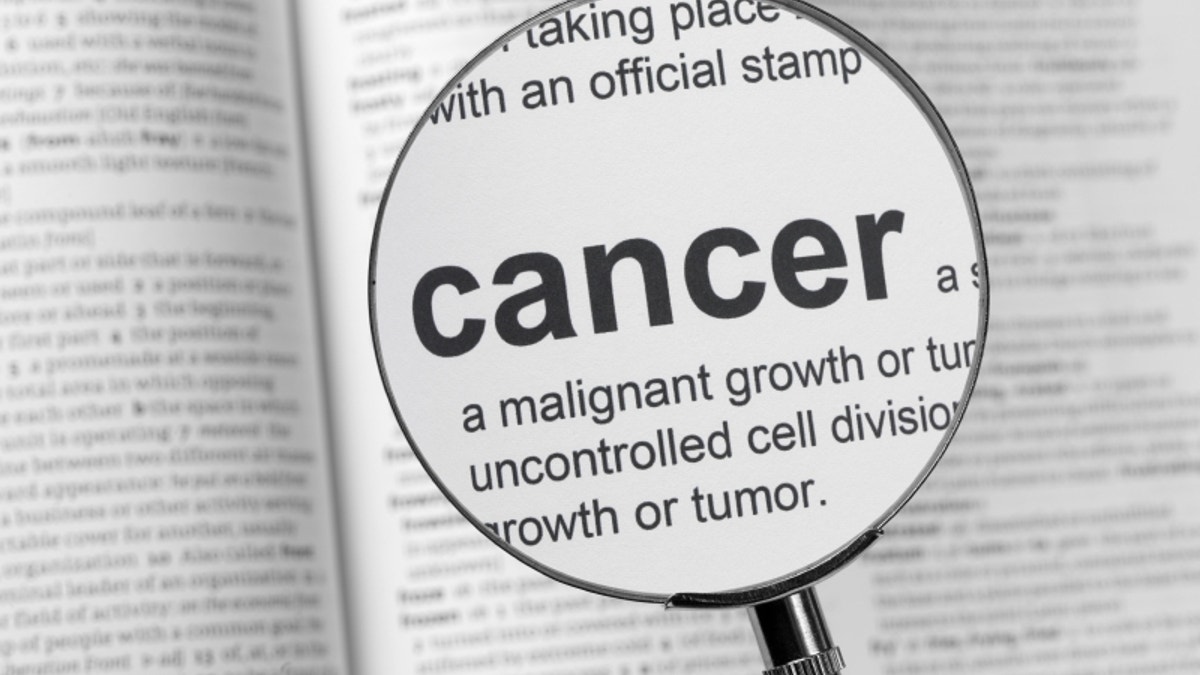
When multiple rounds of chemotherapy and radiation failed to stop the cancerous tumors growing in 9-year-old Michael Feeney’s chest and lungs, his parents sought out a novel treatment, The Record reported.
The Ridgewood, N.J., couple paid an independent laboratory $25,000 to inject portions of their son’s tumors into rodents in hopes of discovering the combination of drugs that would shrink the boy’s tumors and potentially cure him of Ewing’s sarcoma.
Ewing’s sarcoma is a rare, aggressive and often fatal form of bone cancer. Michael was diagnosed with it at the age of six.
The lab discovered a three-drug cocktail, which appeared to destroy the cancer cells growing in the mice. And now, Michael’s tumors are also shrinking, thanks to that combination of drugs, according to The Record.
“If someone had asked me what the chances were of this working, I would have said one or less than one in 10,” said Michael’s doctor, Dr. Leonard Wexler, a pediatric oncologist from Memorial Sloan-Kettering Cancer Center in New York. “But I am delighted, joyful, and just praying with his family that it will be a long recovery.”
A growing number of researchers are starting to believe the key to fighting cancer is by customizing treatments to the genetic makeup of the patient. And by growing human tumors in mice, researchers can test various treatment options on rodents, rather than subjecting patients to multiple drugs, The Record said.
While most research like this is done at academic institutions, the Feeneys worked with a company called Champions Oncology – one of the few facilities that will work with the general public and take on patients not involved in a clinical trial. Champions Oncology has a corporate office in Hackensack, N.J., and implantation centers in London, Singapore and Tel Aviv and at the Johns Hopkins Hospital in Baltimore.
“Normally, the way cancer is treated is by trial and error,” Morris said. “There is no way of knowing if the drug is working and the patient could be suffering severe side effects. With this, we have the ability, for the first time, to test 10 different drugs on any patient’s tumor at the same time.”
That process was a relief to Michael’s mother, Jill Feeney. “The great thing about this, is Michael didn’t have to be a guinea pig with all the drugs,” she said. “And we found out one of the drugs that they could have used on his cancer made the tumors grow in the mice three times as fast as doing nothing. What if he had been given that drug? He wouldn’t be here today.”
‘Intriguing result’
Michael’s oncologist said the three-drug combination that Michael is taking appears to be addressing the two distinct areas necessary to treat the cancer, according to The Record. Two chemotherapy drugs, gemcitabine and docetaxel, target cancer cells while Avastin blocks the tumor from forming blood vessels that are needed to feed the cancer.
“It’s difficult to speculate on how complete and long the recovery will be,” Wexler said. “But he’s been on this for over three months, and the response has been excellent.”
It’s been the only treatment to significantly shrunk Michael’s tumors, The Record said.
Wexler said he doesn’t know if he would have tried this specific cocktail on Michael if the medications had not been successful on the mice.
“We’ve used Avastin before, and there was no evidence that showed it worked more effectively combined with the chemo drugs,” Wexler said. “I wasn’t shocked, but it was an intriguing result.”
Feeney said her family knew the chance of success was slim. “But,” she said. “I’ve been saying we’re the luckiest unlucky people I know and I’m just so grateful that it worked.”




















